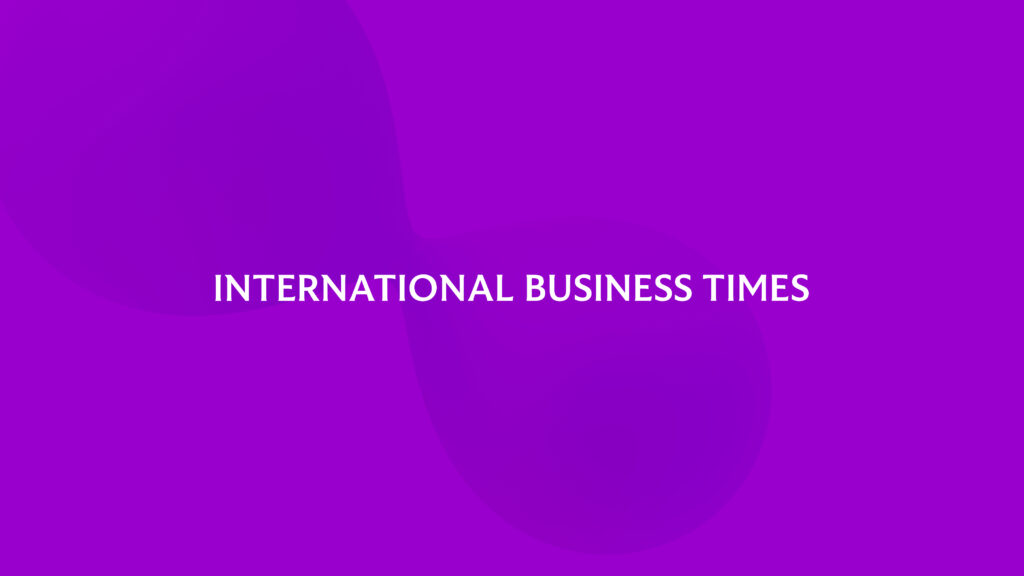Beyond Your Comfort Zone: Why Agencies Must Evolve to Reach Untapped Audiences

The agencies that dominate the next decade won’t just do things better; they’ll dare to do things differently.
For decades, marketing agencies have excelled at optimizing for the known: familiar markets, predictable demographics and well-trodden media channels. But a seismic shift in technology, culture and consumer behavior is rewriting the rules of growth, demanding a new strategic orientation.
The growth curve of the future won’t be unlocked by doing “more of the same” slightly better. It will come from boldly going where competitors aren’t, reaching audiences that most have overlooked, underestimated or never truly understood. That requires nothing less than a redefinition of the agency model: its services, structure and core mission.
The forces driving this change are undeniable:
- Fragmented attention: Consumer attention is more fractured than ever. The average internet user now engages with seven social platforms each month, diluting the impact of mass campaigns and rendering one-size-fits-all strategies increasingly ineffective. Winning attention now requires precision, cultural relevance and channel-native creative, not just more reach.
- Two-way brand relationships: Social media has transformed marketing from broadcast into a participatory, always-on dialogue. Today’s consumers expect real-time responsiveness, transparency and values alignment. Authenticity is now the top driver of brand trust.
- Rising cultural diversity: The U.S. is projected to become majority-minority by 2045, and multicultural consumers already represent over [$5] trillion in annual spending power (McKinsey). These audiences are culturally influential, digitally native and significantly underserved by mainstream advertising.
- Generational shift: By 2030, Gen Z and Gen Alpha will comprise nearly 50% of all U.S. consumers (McKinsey). They demand radically different brand behavior, prioritizing authenticity, social responsibility and interactive experiences over traditional campaigns.
For agencies, the choice is binary: evolve or erode.
The Opportunity Beyond the Traditional Target
Most agencies are structurally designed to double down on what they know: their existing client base and their traditional target markets. But this gravitational pull toward the familiar keeps entire growth markets untouched. The next era of competitive advantage will be defined by the ability to translate creative, cultural and commercial firepower into influence with new, often underserved audiences:
- Diverse Ethnic and Cultural Communities: These audiences are often approached with generic messaging. Winning here requires cultural fluency, not just translation. Agencies must develop community-grounded storytelling, localized media ecosystems and creator-led engagement that earns trust, not just impressions.
- Gen Z and Gen Alpha: These digital natives are skeptical of traditional advertising but fiercely loyal to brands that align with their values. They expect real-time responsiveness, social responsibility, radical transparency and interactive experiences. Engaging them requires reimagining creative as a participatory ecosystem, not a one-way broadcast.
- Unconventional Niches: Hyper-focused subcultures from micro creator communities to niche professional networks punch far above their weight in influence and loyalty. These groups resist mass-market approaches but reward brands that embed authentically. Agencies can develop highly specialized content marketing, community engagement and partnership strategies to build deep brand loyalty within these niches, something automated platforms cannot replicate.
As new generations with different expectations gain economic power, a brand’s inability to connect with them will directly translate into declining relevance and shrinking share of wallet. Failing to build credibility with these audiences is not just a missed growth lever for clients; it is an existential risk for agencies themselves. Tomorrow’s procurement conversations will not ask “how well agencies execute” but “how well they connect.”
Rethinking the Agency Operating System
Accessing untapped markets requires more than service expansion; it demands an operating model reset. The agencies that succeed will look less like production shops and more like strategic growth partners. Four critical shifts are already underway:
- From Executional to Strategic Core: Automation and AI are commoditizing media buying, optimization and production. The agencies that are winning are those shifting from task execution to strategic leadership. They combine deep audience research, predictive analytics, brand architecture and business model design to drive measurable client growth and link marketing directly to commercial outcomes.
- Radical Content Versatility: Capturing new audiences requires mastery of diverse formats, from short-form social video and interactive tools to community-native content, podcasts, white papers and experiential activations. These formats must be delivered at high velocity and with cultural relevance. To succeed, content studios and creative agencies must retool their production systems to generate a continuous flow of authentic, low-fidelity content that resonates with digitally native audiences.
- Diverse Talent as a Growth Engine: Diverse audiences respond to authentic voices, not token representation. Agencies must build teams whose lived experiences reflect the markets they aim to reach and empower those voices to shape strategy, creative direction and client relationships. This creates the cultural competence and internal empathy essential to building lasting trust with new audiences.
- Outcome-Based Commercial Models: Clients are increasingly unwilling to pay for effort and hours. They pay for results. Agencies can strengthen their market position by tying compensation to concrete business outcomes such as revenue growth, market penetration and customer lifetime value, especially in the new segments they help unlock.
Strategic Pathways to New Markets
A few proven strategies can accelerate this pivot, especially when layered atop existing capabilities:
- Market Development: Introducing existing products or services to new geographies, channels or customer segments. This creates a low-risk way to capture new demand using proven assets.
- Concentric Diversification: Building adjacent offerings that extend existing competencies into new categories, leveraging brand equity and infrastructure.
- Brand Extension: Deploying a trusted brand to enter entirely new categories, reducing friction with new audiences by leveraging existing trust and recognition.
- Market-Extension Mergers and Acquisitions: Acquiring capabilities, customers or cultural relevance in new regions or verticals rapidly rather than building them organically over years.
The Courage to Evolve
The market will not wait. The consumer landscape has irrevocably changed and so has the definition of value. Agencies that remain anchored to yesterday’s playbooks risk becoming invisible. Those that rewire around cultural fluency, strategic creativity and outcome-driven models will unlock outsized growth, forge deeper client partnerships and build enduring relevance through a future-proof business model.
The next decades’ agency leaders will not be defined by how well they optimize the present. They will be defined by their ability to shape the future and disrupt their own models, breaking from convention to build relevance and trust with audiences that are still emerging and competitors have yet to reach.
The biggest risk isn’t doing something new. It’s doing the old thing brilliantly in a world that’s moved on
Continuum Partners
 Brett Davis
Brett Davis Managing Partner

